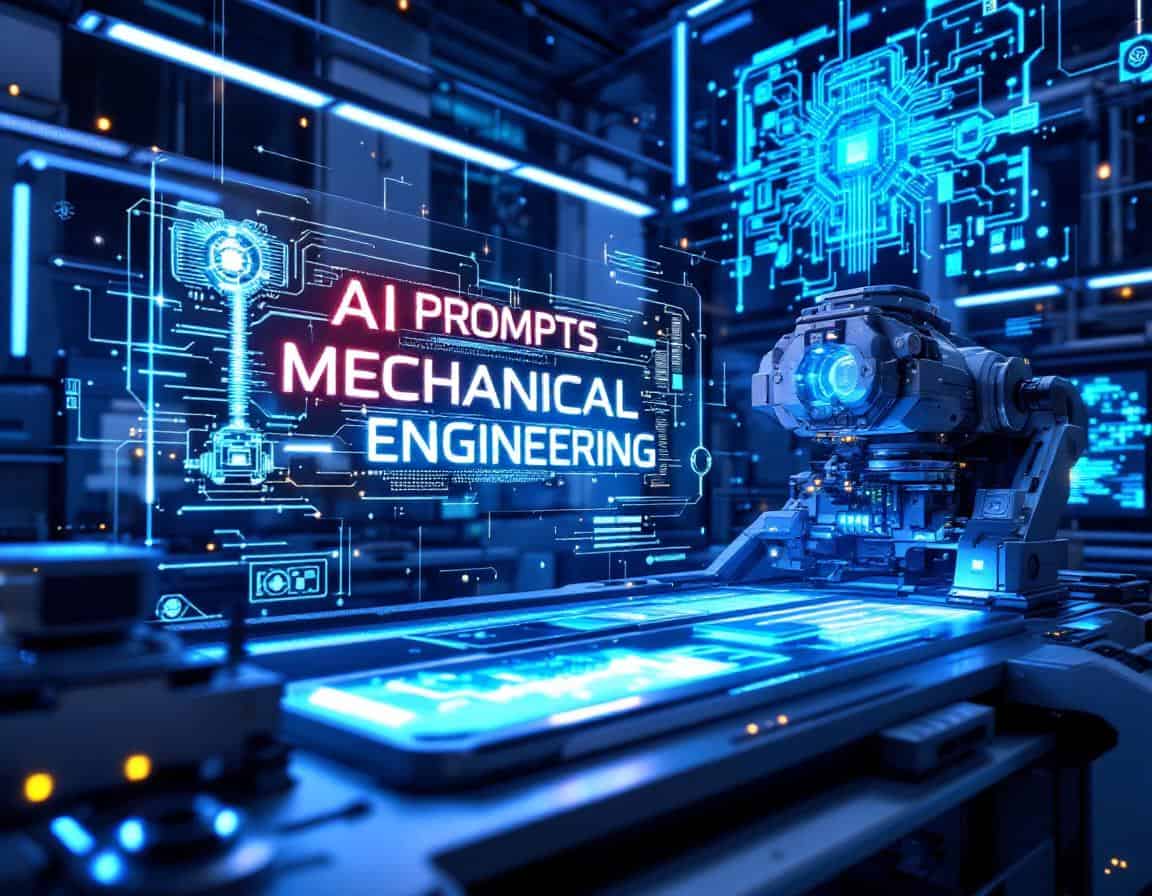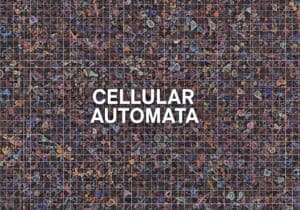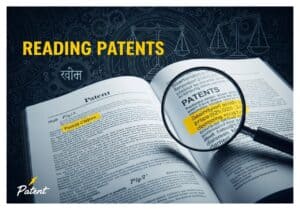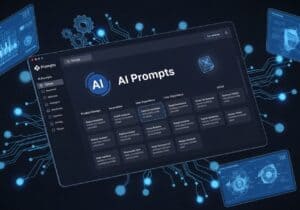
通过增强人类在设计、分析方面的能力,在线人工智能工具正在迅速改变机械工程、 制造业和维护。与传统方法相比,这些人工智能系统可以更快地处理海量数据、识别复杂模式并生成新的解决方案。例如,人工智能可以帮助您优化性能和可制造性设计,加速复杂的模拟,预测材料特性,并自动执行各种分析任务。
The prompts provided below will for example help on generative design, accelerate simulations (FEA/CFD), help on predictive maintenance where AI analyzes sensor data from machinery to forecast potential failures, enabling proactive servicing and minimizing downtime, help on material selection and much more.
- 赠款提案和科学写作协助
- 机械工程
人工智能提示 研究论文方法评论
- 增材制造设计(DfAM), 机械工业, 方法论, 流程改进, 质量保证, 质量控制, 研究与开发, 统计分析, 验证
对机械工程研究论文中的方法论部分进行审查并提出改进建议,重点关注所使用方法的清晰度、完整性、合理性和适当性。这一提示有助于提高研究的严谨性和可重复性。输出为标记符格式的评论。
输出:
- Markdown
- 不需要实时互联网
- 字段:{当前方法_小节_正文}{研究目标_正文}.{研究目标文本}{关键设备或所用软件列表_csv}。
- 最适合对研究论文的方法论部分提供详细的建设性评论,帮助机械工程师提高工作的清晰度、严谨性和可重复性。
- 文献回顾与趋势分析
- 机械工程
人工智能提示 从摘要中识别知识差距
- 快速成型制造, 增材制造设计(DfAM), 创新, 机械工业, 流程改进, 质量管理, 研究与开发, 可持续发展实践
通过分析最新研究摘要集,确定特定机械工程领域内潜在的知识差距或未来研究领域。这有助于研究人员确定新的研究问题。输出为标记符列表。
输出:
- Markdown
- 不需要实时互联网
- 字段:{研究领域描述文本}{摘要集文本{摘要集文本}{研究领域描述文本}{摘要集文本}.
- 最适合通过分析最新摘要集中的趋势和局限性,帮助研究人员确定机械工程子领域内的新研究问题和知识差距。
- 风险评估和安全分析
- 机械工程
人工智能提示 子系统 FMEA 表格生成
- 面向制造设计 (DfM), 设计验证, 故障模式和影响分析(FMEA), 机械工业, 流程改进, 质量控制, 质量管理, 风险分析, 风险管理
为指定的机械子系统生成故障模式和影响分析 (FMEA) 模板,列出潜在的故障模式原因和影响,并建议初始严重性发生和检测评级。这将启动风险评估流程。输出为 CSV 表格结构。
输出:
- CSV
- 不需要实时互联网
- 字段:{子系统名称和功能} {key_components_list_csv} {operating_environment_description} 操作环境描述
- 最适合用于通过为机械子系统生成一个包含潜在故障模式原因影响和初始 RPN 评级的预填充表,简化 FMEA 流程。
- 风险评估和安全分析
- 机械工程
人工智能提示 制造单元危险识别
- 持续改进, 人体工程学, 危險與可操作性研究(HAZOP), 人为因素, 精益制造, 流程改进, 风险分析, 风险管理, 安全
根据描述流程和人机交互点,识别新的或修改过的生产单元布局中潜在的安全隐患。这有助于在设计阶段主动解决安全问题。输出为分类标记列表。
输出:
- Markdown
- 不需要实时互联网
- 字段:{单元格布局描述} {参与的流程_列表_csv} {人机交互点文本}
- 最适合用于根据设备流程和人机交互点,主动识别生产单元布局中的潜在安全隐患并进行分类。
- 风险评估和安全分析
- 机械工程
人工智能提示 振动故障缓解策略
- 持续改进, 故障分析, 机械工业, 预测性维护算法, 流程改进, 质量控制, 风险管理, 振动分析
根据振动数据摘要和当前尝试,针对特定机械设备中由振动引起的故障,提出并阐述潜在的缓解策略。这有助于工程师找到提高可靠性的解决方案。输出为标记列表。
输出:
- Markdown
- 不需要实时互联网
- 字段:{设备描述文本}{振动数据摘要文本}.{振动数据摘要文本}{当前缓解尝试文本{current_mitigation_attempts_text} 当前缓解尝试文本
- 最适合用于根据设备类型和振动特性,协助机械工程师识别和评估各种振动引发故障的缓解策略。
- 风险评估和安全分析
- 机械工程
人工智能提示 机器设计安全合规性检查
- 面向制造设计 (DfM), 可持续性设计, 环境影响评估, 人体工程学, 质量保证, 质量控制, 风险管理, 安全
根据用户提供的相关安全标准条款片段评估机器设计的功能,以确定潜在的不合规之处。这有助于从一开始就设计出更安全的机器。输出是一份标记清单。
输出:
- Markdown
- 不需要实时互联网
- 字段:{机器设计特征描述文本}{安全标准条款文本}.{安全标准条款文本}。{上下文中的操作国}。
- 最适合用于根据用户提供的相关安全标准中的具体条款检查描述的机器功能,从而促进早期阶段的安全合规性审查。
- 伦理考虑和影响分析
- 机械工程
人工智能提示 机械项目的道德风险评估
- 环境工程, 环境影响, 机械工业, 项目管理, 风险管理, 安全, 可持续发展实践, 可持续发展
本提示引导人工智能分析特定机械工程项目的道德风险和社会后果,同时考虑环境、安 全和社会影响因素。它要求提供详细的项目描述和预期应用,以提供有条理的道德风险评估和缓解措施建议。
输出:
- 文本
- 不需要实时互联网
- 字段:{项目描述} {预期用途}
- 最适合最适合评估新机械工程项目的伦理挑战和社会影响
- 伦理考虑和影响分析
- 机械工程
人工智能提示 可持续性和环境影响报告生成器
- 环境工程, 环境影响, 生命周期评估(LCA), 生命周期影响评估(LCIA), 可持续性指标, 可持续发展, 可持续创新, 可持续材料, 可持续实践
此提示要求人工智能为给定的机械工程技术或流程生成一份全面的可持续性和环境影响报告,同时考虑生命周期分析、所用材料和能源消耗。用户输入技术名称和关键参数。
输出:
- Markdown
- 不需要实时互联网
- 字段:{技术名称} {关键参数}
- 最适合最适合为工程创新制作结构化环境影响文件
- 伦理考虑和影响分析
- 机械工程
人工智能提示 机械创新的政策影响分析
- 环境影响, 环境技术, 创新战略, 质量管理, 监管, 风险管理, 标准, 可持续发展实践, 可持续发展
该提示指示人工智能评估部署一项新的机械工程创新对政策和法规的影响。用户提供创新描述和目标地区或国家,以便根据相关立法和标准进行分析。
输出:
- 文本
- 需要实时互联网
- 字段:{创新描述} {目标地区}
- 最适合最适合了解和驾驭影响机械工程项目的法律和政策框架
- 伦理考虑和影响分析
- 机械工程
人工智能提示 工程师的道德困境情景生成器
- 持续改进, 可持续性设计, 工程基础, 环境影响, Human-Centered Design, 创新, 机械工业, 风险管理
该提示要求人工智能根据提供的主题或技术,专门为机械工程师创建现实的道德困境情景。它可以帮助专业人员预测和讨论需要做出道德决策的挑战性情况。
输出:
- JSON
- 不需要实时互联网
- 字段:{主题}
- 最适合最适合培训工程师,帮助他们应对工作中的道德挑战



























我们是否假设人工智能总能生成机械工程方面的最佳提示?这些提示是如何生成的?
人工智能会让人类工程师变得多余吗?
相关文章
金属有机骨架(MOF)最新出版物和专利
共价有机骨架(COF)的最新出版物和专利
气凝胶和气凝胶石墨烯的最新出版物和专利
有关高熵氧化物 (HEO) 的最新出版物和专利
有关二甲苯的最新出版物和专利
有关量子点的最新出版物和专利